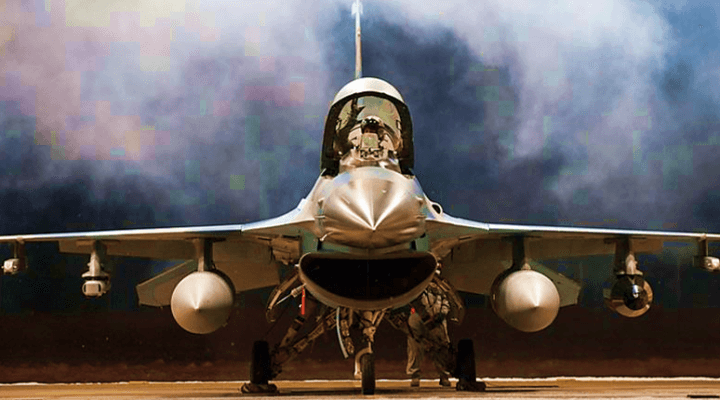The two-year budget deal struck last year has given us something Capitol Hill hasn’t seen in a long time: something that might just pass for regular order. The John McCain National Defense Authorization Act for Fiscal Year 2019, this year’s versions of the annual bill that sets troop levels, authorizes Pentagon expenditures, and sets other defense policies, has emerged from the conference committee.
The House passed its version on May 24, and the Senate followed-suit on June 18. Now that the conference committee’s work is done, both houses will likely pass the bill quickly. The House passed its version by a vote of 351-66; the Senate version passed 85-10.
To give a little perspective, while Congress has passed an NDAA every year since 1961, it has been more than 20 years since it managed to do so before the October 1 start of the fiscal year. Going back to the NDAA for Fiscal Year 1999, which became law on October 17, 1998 (I stopped checking after going back that far), of the 20 bills, eight didn’t become law until December, and three didn’t become law until January—one full quarter into the fiscal year. So this year is momentous.
What’s in it, though?
Overall, the bill authorizes $717 billion in spending for the Department of Defense and the defense-related activities of the Department of Energy.
Of that amount, and closest to my heart, is the $17.7 billion allocated to “rehabilitate and replace worn out Army equipment,” according to the House Armed Services Committee’s summary. While the total amount allocated to procuring aircraft, vehicles, ammunition, missiles, and other equipment is $113.6 million less than the army requested, there are some winners. Examples include an additional $54 million more than the Army requested for Stryker combat vehicles, $110 million more for Paladin self-propelled howitzers, and $25 million that the Army didn’t ask for at all for additional HMMWVs for the National Guard,
A crisis in military aviation
The summary highlights the fact that in 2017, four times as many service members have died in training and non-combat incidents (80) than have died in combat (12). Of those, 25 died in aviation incidents.
Congress is allocating $40.8 billion “to begin to overcome the crisis in military aviation by getting more aircraft in the air.” This is $426 million more than the services requested, although the Navy’s aircraft procurement takes a $221 million hit, while the Army gains $337 million and the Air Force gains $310.9 million compared to their requests.
The NDAA grows the active Army by 4,000 soldiers to a total of 487,500. The Navy adds 7,500 new active duty sailors to reach an end strength of 335,500. The Air Force also adds 4,000 airmen for a total active force of 329,100. Those service members will see a 2.9 percent pay increase, which is healthy as military pay increases go.
When discussing the president’s charge that NATO countries aren’t spending enough on their defense budgets, I pointed out that there is a relationship between spending and readiness. Procurement is only one part of that. In addition to having aircraft, they must be able to fly, you must have mechanics to keep them flying, and you must have pilots to fly them. That is where the Air Force falls short.
The service has sounded the alarm that is it is 2,000 pilots short of its required 20,000 needed to fly the aircraft it has. But aside from the increase in authorized end strengths, the pay for those service members, and a requirement for the Air Force to report to Congress on existing undergraduate pilot training production programs, the bill does not directly address how to correct the pilot shortage.
The Air Force, indeed the nation’s entire military, is still a long way from recovering from the effects of 17 years of constant combat, and the question of whether the Air Force can keep those planes flying remains open. It’s not clear the Air Force, or Congress, has an answer.



